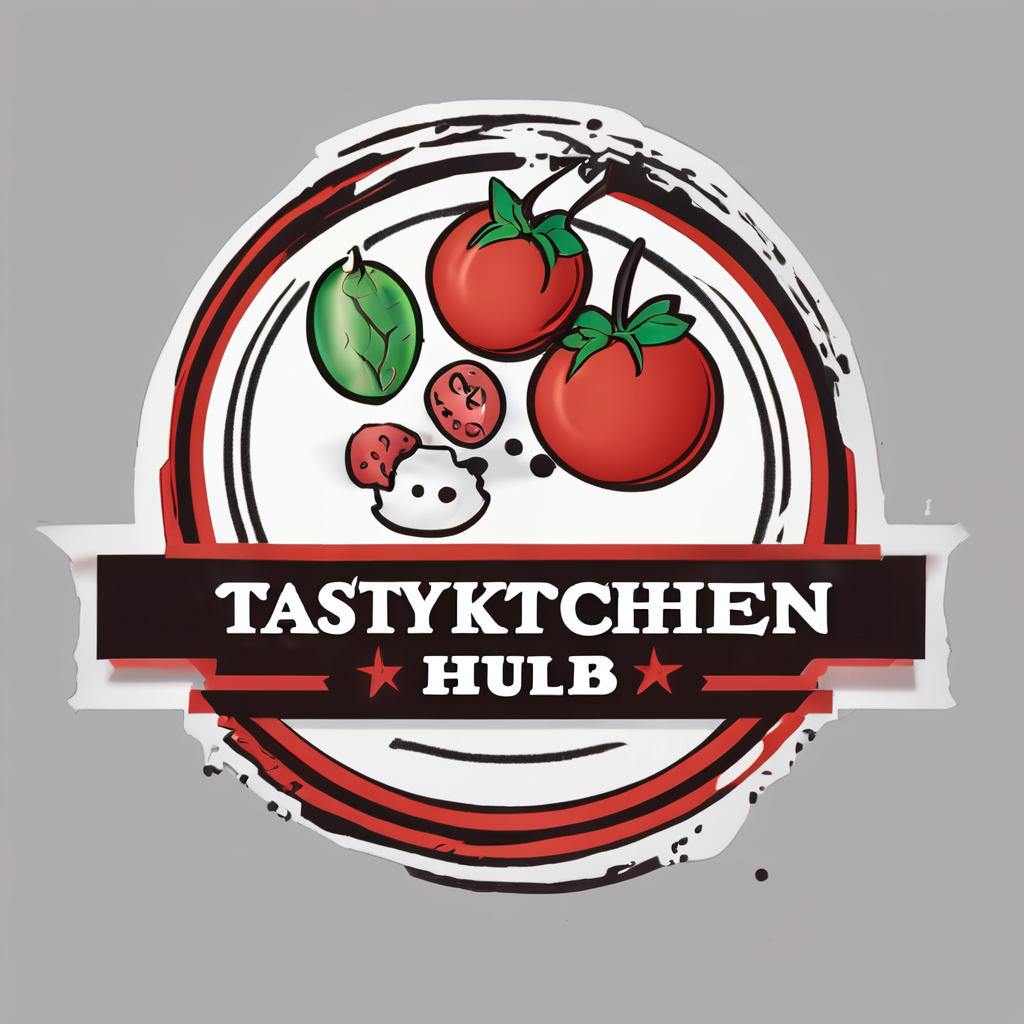Unlocking Success: The Advantages of Implementing a Reservation System in Busy Restaurants
In the fast-paced world of the restaurant industry, managing reservations efficiently is crucial for ensuring a smooth and profitable operation. A well-implemented reservation system can be the difference between a thriving restaurant and one that struggles to keep up with demand. Here’s a deep dive into the advantages of using a reservation system, along with practical insights and actionable advice.
Why Restaurants Need a Reservation System
In today's digital age, customers expect convenience and efficiency when it comes to booking a table at their favorite restaurant. A reservation system is no longer a luxury but a necessity for several reasons:
Also read : Ultimate Guide to Creating a Captivating Live Cooking Station in Your Buffet Restaurant
Streamlining Operations
A reservation system helps in managing the flow of customers, ensuring that the restaurant is neither overbooked nor underutilized. For instance, a system like SevenRooms allows restaurants to optimize their dining durations and adjust reservation times based on historical booking trends, thereby maximizing table occupancy.
Enhancing Customer Experience
A seamless booking process is key to customer satisfaction. Integrated reservation systems like Eat App and Tableo make it easy for customers to book tables online, reducing wait times and the frustration associated with manual bookings. As noted by Modern Restaurant Management, "Providing a seamless eating experience, which includes simple payment choices and online reservations, is critical".
Topic to read : Transforming Your Restaurant”s Dining Space: Unlocking the Power of Feng Shui for Optimal Energy and Flow
Reducing No-Shows and Cancellations
No-shows and late cancellations can be a significant problem for restaurants. Advanced reservation systems often include features to manage these issues, such as sending reminders to guests and allowing restaurants to strategically overbook to account for no-shows. For example, SevenRooms' system helps in understanding no-show and cancellation patterns, enabling restaurants to make informed decisions.
Key Features of an Effective Reservation System
When choosing a reservation system, there are several key features to consider:
Online Booking Capabilities
The ability for customers to book tables online is a must. Systems like OpenTable and Resy integrate with restaurant websites and social media platforms, making it easy for customers to find and book a table.
Table Management
Effective table management is crucial for maximizing revenue. A system that can accurately report average turn times and suggest optimal reservation configurations can help restaurants fill more tables during peak hours.
Real-Time Data and Analytics
Access to real-time data and analytics helps restaurants make data-driven decisions. For example, understanding where bookings are coming from (e.g., Google, social media, or third-party marketplaces) allows restaurants to optimize their reservation inventory accordingly.
User-Friendly Interface
The system should be intuitive and easy to use for both staff and customers. A user-friendly interface reduces the learning curve and minimizes errors, ensuring a smooth booking process.
Pros and Cons of Implementing a Reservation System
While a reservation system offers numerous benefits, it's important to consider the pros and cons:
Pros:
- Increased Efficiency: Automates the booking process, reducing manual errors and saving staff time.
- Better Customer Experience: Provides a seamless and convenient booking process for customers.
- Data-Driven Decisions: Offers real-time data and analytics to optimize table occupancy and revenue.
- Reduced No-Shows: Features like reminders and overbooking strategies help minimize no-shows.
Cons:
- Initial Investment: Implementing a new system can require an initial investment in software and training.
- Dependence on Technology: Technical issues can disrupt the booking process if not managed properly.
- Integration Challenges: Integrating the new system with existing POS and other systems can be complex.
Practical Advice for Implementing a Reservation System
Here are some practical tips for implementing a reservation system effectively:
Choose the Right System
Select a system that integrates well with your existing operations and is user-friendly. For example, TouchBistro's reservation system integrates seamlessly with their POS, ensuring a smooth flow of data.
Train Your Staff
Proper training is crucial for the successful adoption of a new system. Ensure that your staff is well-versed in using the system to avoid any disruptions.
Monitor and Adjust
Continuously monitor the performance of the system and make adjustments as needed. Analyze data to identify areas for improvement and optimize your reservation management.
Examples of Successful Implementation
Several restaurants have seen significant improvements after implementing advanced reservation systems:
Case Study: Nobu London Old Park
By switching to a direct booking system using SevenRooms, Nobu London Old Park saved £317,000 on third-party commission fees in just 8 months. This move also helped in maximizing table occupancy and reducing no-shows.
Case Study: Fine-Dining Restaurant in Charlotte
A fine-dining restaurant in Charlotte incorporated their 20-person patio into their reservation system, resulting in a 40% increase in dinner reservations, a 25% boost in annual revenue, and 7 hours of weekly time saved.
Leveraging Technology for Enhanced Customer Experience
Technology plays a pivotal role in enhancing the customer experience in restaurants. Here are a few ways to leverage it:
Mobile Technology
Using mobile devices for ordering and service can decrease delivery times and increase customer satisfaction. For instance, servers can take orders on mobile devices, sending the details instantly to the kitchen or bar, which can significantly improve service efficiency.
Personalized Service
With real-time data, staff can offer personalized promotions and recommendations, enhancing the dining experience. For example, a server can check dinner reservation availability and make suggestions on the spot, integrating multiple F&B revenue streams.
Social Media Integration
Integrating reservation systems with social media platforms can increase visibility and drive bookings. Restaurants can promote their online ordering and reservation systems through social media, making it easier for customers to find and book a table.
Table: Comparison of Popular Reservation Systems
Here is a comparison of some popular reservation systems:
| System | Key Features | Integration | User-Friendly | Cost |
|---|---|---|---|---|
| SevenRooms | Advanced table management, real-time analytics, automated seating algorithm | Integrates with POS, website, social media | Yes | Custom pricing |
| OpenTable | Online booking, waitlist management, guest reviews | Integrates with website, social media | Yes | Monthly subscription |
| Resy | Online booking, table management, real-time data | Integrates with POS, website | Yes | Monthly subscription |
| Eat App | Online booking, secure payment solutions, table management | Integrates with POS, website | Yes | Custom pricing |
| TouchBistro | Online booking, table management, integration with POS | Integrates with TouchBistro POS | Yes | Monthly subscription |
Implementing a reservation system is a critical step for busy restaurants looking to enhance their operations and customer experience. By choosing the right system, training staff properly, and continuously monitoring and adjusting, restaurants can maximize their revenue and ensure a seamless dining experience for their customers.
As Eric Tress from Restaurateur Connection notes, "Restaurant email marketing is a powerful tool to connect with guests and drive reservations." Combining this with an effective reservation system can significantly boost bookings and customer satisfaction.
In summary, a well-implemented reservation system is not just a tool; it's a key to unlocking the full potential of your restaurant, ensuring that every shift is maximized and every customer leaves with a positive experience.






